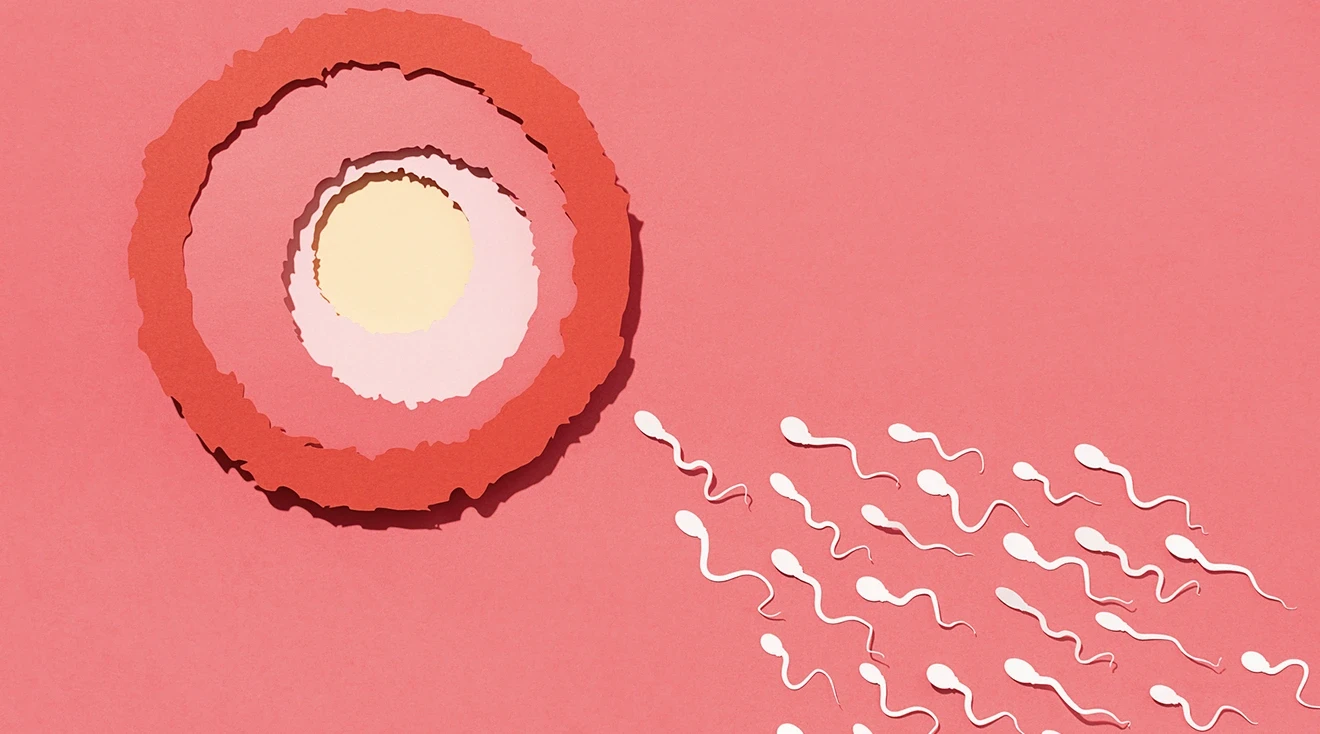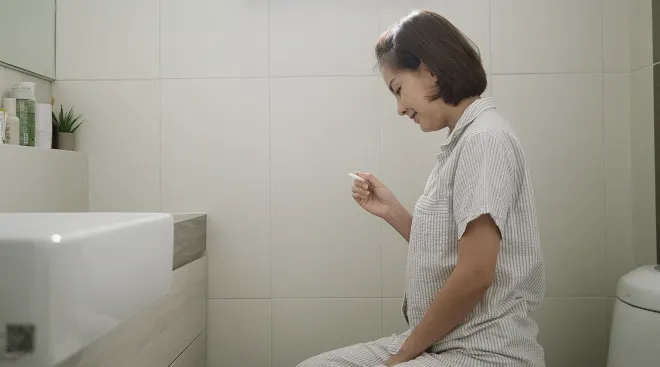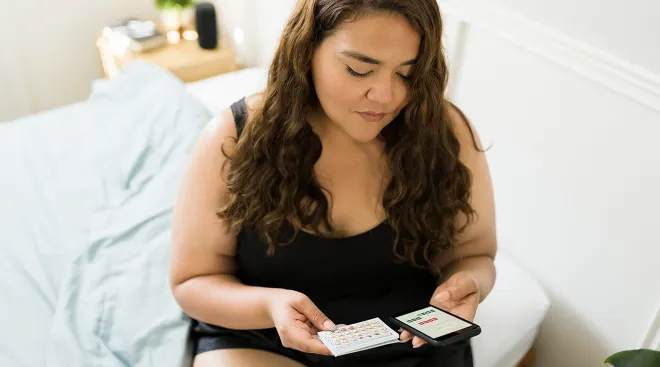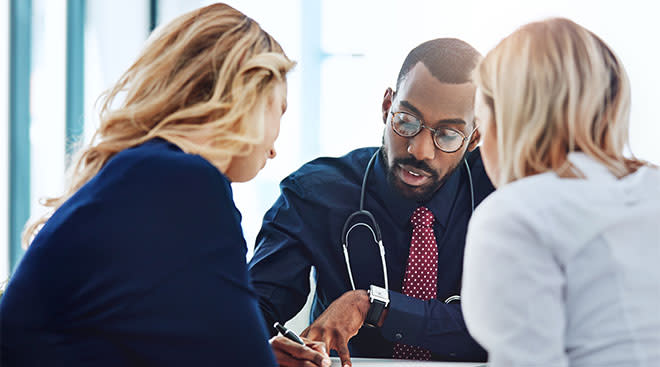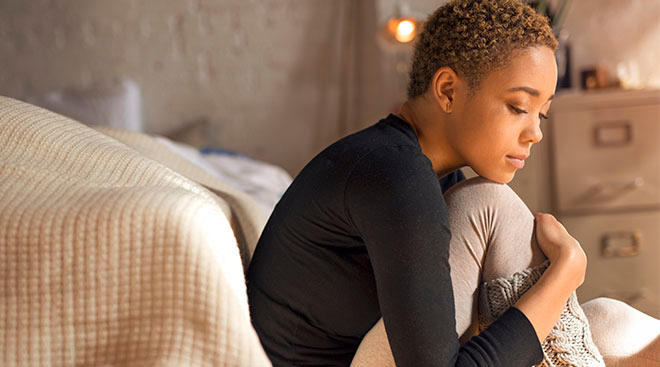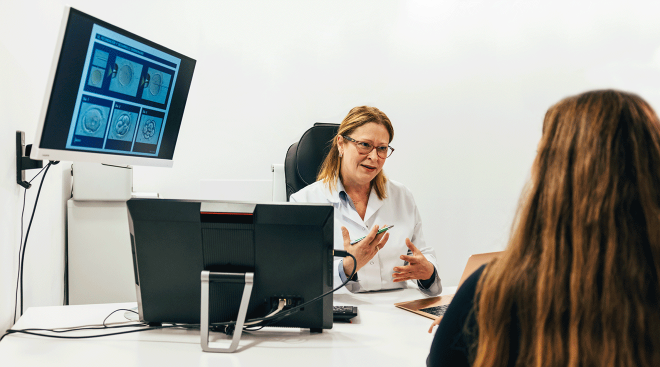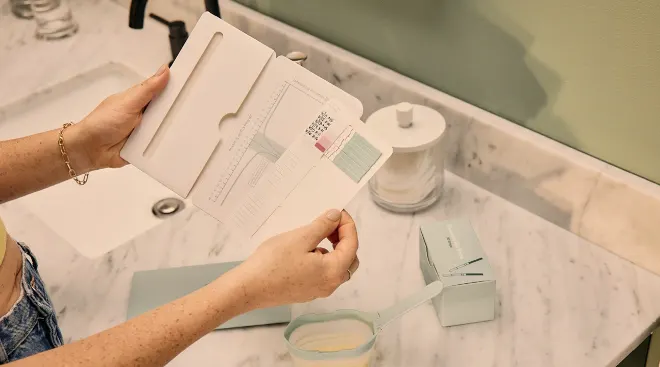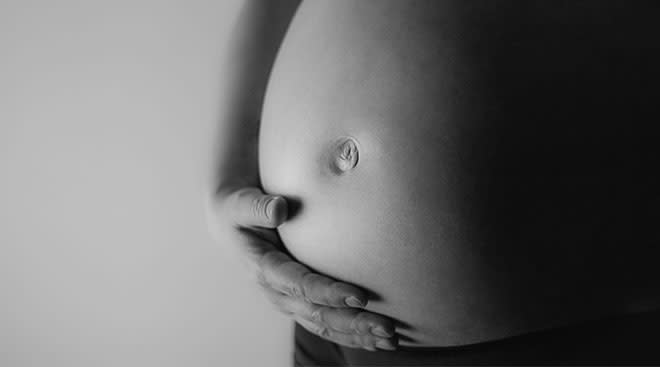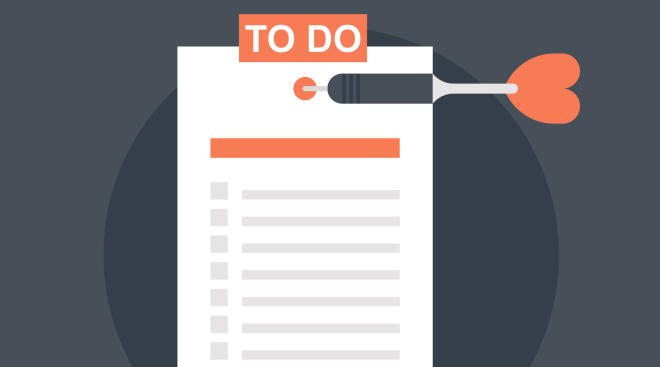Calculating Your Fertile Window: When Are You Most Fertile?
Most sex-ed classes casually gloss over an important truth: You can only get pregnant on certain days of your cycle, which some refer to as your fertile window. And if you’re new to tracking your cycle, determining your most fertile days can feel like a bit of a guessing game. Suffice it to stay, this can make conception tricky for those who’d like nothing more than to make a baby. So when are you most fertile, and what tip-off symptoms can you watch for? Here’s what you need to know.
A fertile window refers to the days during your menstrual cycle when your egg can be fertilized by sperm. In other words, it’s the timeframe when you are most fertile and can actually get pregnant.
It all comes down to basic biology: After an egg is released by the ovary in the monthly process known as ovulation, it can survive and continue to be viable for fertilization for 24 to 48 hours, explains Jenna Flanagan, MD, an ob-gyn with Atrius Health in Somerville, Massachusetts. When sperm—which can survive in the female genital track for three to five days—is already present or arrives within 24 to 48 hours of ovulation, fertilization can occur.
While this sounds pretty straightforward, it isn’t always so cut and dry. “Not every egg is normal, not every egg is fertilized and not every fertilized egg implants,” explains Alan Copperman, MD, division director of reproductive endocrinology and infertility at the Icahn School of Medicine at Mount Sinai. “Stories of people getting pregnant the first time they try aren’t always true, since they could’ve been exposed to sperm many times before they began paying attention.”
To complicate matters even more, lurking variables such as lubricant and its effect on the vagina’s pH levels can affect sperm’s ability to swim—something that even perfect timing can’t solve. “If there’s an environment that’s inhospitable to sperm, their lifespan can be shortened,” explains Flanagan. It’s worth noting that the survivability of sperm within the uterus can also vary, regardless of vaginal conditions, further affecting your chance of becoming pregnant during your fertile window.
Long story short: There are a bunch of factors that can affect whether fertilization actually happens, even when your timing is just right.
So when are you most fertile? All in all, your fertile window is 6 days long. Your most fertile days are approximately five days before ovulation (the maximum estimated amount of time sperm can survive in the uterus) to one day after. Any later than that, and the egg begins to drop and will no longer be implantable. So in a typical 28-day cycle when you ovulate on day 14, you’re most fertile between days 9 and 15, explains Copperman. “It’s not absolute,” he says of this timeline. And, of course, not everyone has a predictable 28-day cycle. Nevertheless, it’s a good place to start for couples who are trying to estimate ovulation, he adds.
If you want to get even more precise, getting sperm on board just before ovulation is even better, Copperman says. This is because sperm needs time to go through the vagina, cervix and uterus, and then up to the fallopian tubes so that it’s in the right place at the right time when the egg is released. “It’s less stressful and more fruitful to plan intercourse in the days before predicted ovulation,” adds Flanagan. “It’s better to have sperm present to meet the egg then try to chase the egg with sperm.”
When are you least fertile?
Saving sex for your least fertile days can—at least in theory—help prevent you from becoming pregnant. Copperman explains that in the days and weeks outside of your fertile window, you’re technically less fertile—particularly during the first half of your cycle, when cervical mucus is thick and there’s no egg around to be fertilized. A good rule of thumb to know: Fertility increases as you approach ovulation and decreases following the fertile window.
Your fertile window is based around ovulation, which typically occurs about 14 days before your period arrives. So calculating your fertile window all comes down to predicting when your period will come and then counting backwards 14 days. Once you’ve estimated when you’ll ovulate, assume your fertile window opens five days before and closes one day after.
Tracking your cycle’s length over the course of several months using a calendar or tracking app can help eliminate unnecessary guesswork, says Copperman—especially if your cycle is longer than 28 days, shorter or unpredictable. Those with shorter cycles might ovulate on day 10 or 11, while someone with a longer cycle could ovulate around day 20 or even 30, he points out, adding that cycle length can shorten as you age, making ovulation even more difficult to pinpoint.
At-home ovulation predictor kits designed to detect luteinizing hormones (LH), which surge 24 to 48 hours before ovulation, can also help flag when you are most fertile. Flanagan suggests testing your urine daily (and then twice a day) as you approach your predicted ovulation day to best determine when it will actually happen.
Timing sex (or other means of fertilization) around LH detection can help increase your chances of becoming pregnant. Just be aware that you can get false negatives or positives—particularly in patients with polycystic ovaries—with ovulation tests, according to research.
While it’d be nice to receive a memo from your ovaries announcing exactly when ovulation is about to occur each month, no such hard-and-fast signaling system exists. Luckily, there are some subtle ovulation signs to look for:
- Body temperature changes: As your body prepares for the big egg release, your basal body temperature can subtly drop. This dip is followed by a more sharp increase to the tune of 0.4 to 1 degree.
- Cervical mucus changes: An increase in estrogen leading up to ovulation can cause cervical mucus (aka discharge) to change from creamy and white to clear and stretchy, like raw egg whites, says Flanagan, adding that this helps with sperm retention and mobility.
- Abdominal pain: Discomfort can sometimes strike the lower abdominal area, when an egg is released during ovulation. It may feel like a dull cramp, and it can last a few minutes to a few hours.
- Libido change: Many people report a change in their sex drive around the time of ovulation. Copperman says that this makes sense biologically, since humans, as a species, have faced evolutionary pressure to reproduce.
- Skin improvements: Thanks to rising levels of estrogen and testosterone leading up to ovulation, some women experience clearing of the skin and brightness around ovulation, notes Flanagan.
- Mood boost. Rising levels of estrogen can positively impact your energy level and overall mood, says Flanagan—although external factors like stress at work or lack of sleep can override this temporary high.
Just keep in mind that these symptoms aren’t exactly universal. “One thing that we’ve learned is that this is personalized,” says Copperman. “Different people have different perceptions /[of ovulation], and everyone’s journey is a little different. Some [may] have fluctuations in mood and weight as hormones fluctuate, or some have breast tenderness,” although he adds that these aren’t characteristic.
Blood testing and ultrasounds can help doctors detect when your fertile window begins, notes Copperman. And, if necessary, human chorionic gonadotropin (hCG) medication is available to trigger the release of an egg and ensure you get your fertile window right.
According to the Fertility Coalition, the likelihood of getting pregnant five days before ovulation is around 10 percent. Two days before ovulation—and the day of—it rises to about 30 percent. Of course, this isn’t definitive by any means. The American College of Obstetricians and Gynecologists (ACOG) recommends having sex every one to two days within the fertile window for your best chance of conception.
Knowing when you are most fertile is important. But at the end of the day, Copperman says that the primary driver of reproductive success isn’t actually timing, but egg quality. Remember, there’s no definitive timeline for getting pregnant. Don’t be surprised if it takes time. That said, if you’re under 35 and have been trying to conceive for a year, or 35+ and have been trying for six months, ACOG advises talking to your doctor and seeking out fertility help.
Please note: The Bump and the materials and information it contains are not intended to, and do not constitute, medical or other health advice or diagnosis and should not be used as such. You should always consult with a qualified physician or health professional about your specific circumstances.
Plus, more from The Bump:
Alan Copperman, MD, is the division director of reproductive endocrinology and infertility at the Icahn School of Medicine at Mount Sinai in New York. He received his medical degree from New York Medical College.
Jenna Flanagan, MD, is an ob-gyn with Atrius Health in Somerville, Massachusetts, and a medical expert consultant for Flo. She earned her medical degree from the University of Vermont College of Medicine.
Evidence-Baed Complementary and Alternative Medicine, Polycystic Ovary Syndrome: Effect and Mechanisms of Acupuncture for Ovulation Induction, September 2013
Fertility Coalition, Right Time for Sex, August 2018
American College of Obstetricians and Gynecologists (ACOG), Prepregnancy Counseling, 2020
American College of Obstetricians and Gynecologists (ACOG), Infertility Workup for the Women’s Health Specialist, 2023
Learn how we ensure the accuracy of our content through our editorial and medical review process.
Navigate forward to interact with the calendar and select a date. Press the question mark key to get the keyboard shortcuts for changing dates.

































